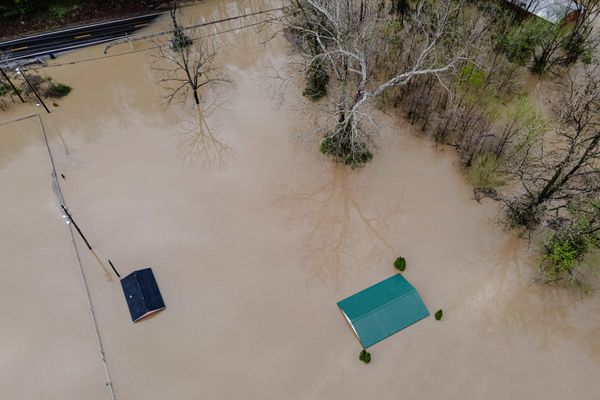The synchronised elephant census held across Tamil Nadu in May this year recorded direct sightings of 16 elephants in the Dindigul Forest Division, which has a projected population of 26.
Biologists B. Ramakrishnan and G. Sivasubramanian say the census result affirms findings of their study published in 2021, which states that these elephants made the division their home turf by migrating over the years from Chinnar Wildlife Sanctuary of Kerala and the Anamalai Tiger Reserve (ATR), Tamil Nadu, possibly after a gap of about 200 years.
“Historical records as old as 200 years show that compensation had been awarded for crop damages and human casualties caused by wild elephants in Dindigul district. But the elephant presence vanished due to various reasons over the years, possibly due to anthropogenic disturbances and habitat degradation. They started making movements towards the Dindigul division through the Palani Hills Northern Slopes Reserved Forests from 2006,” says Sivasubramanian who now heads the Department of Wildlife Biology at Kongunadu Arts and Science College, Coimbatore.
According to Mr. Ramakrishnan, this movement towards Dindigul division did not happen until 2005. The pachyderm movement from Chinnar and ATR remained up to the busy Palani - Kodaikanal Road, a major obstruction for movement.
Since 2006, elephants started crossing the highway for seasonal movements to places such as Anna Nagar and Thekkan Thottam and raided agricultural crops. In the coming years, elephants expanded their movement further towards Varathamanathi reservoir, Ayakudi, Kanakkanpatti, Virpakshi and then to Oddanchatram.
“These movements used to be seasonal. In 2012, we spotted 18 elephants in the division. Now, they have settled in parts of Oddanchatram and Kannivadi. They are also frequenting even up to Batlagundu. This is possibly because they are establishing presence in a lost turf as historical records show human-elephant conflicts in the region 200 years ago,” says Mr. Sivasubramanian.
Mr. Ramakrishnan, Assistant Professor at the Department of Wildlife Biology in the Government Arts College, Udhagamandalam, says increase in the overall population of wild elephants could also have triggered the wild elephants to look for new terrains with better access to forage and water.
According to C.H. Padma, Conservator of Forests, Dindigul Circle, these elephants have become a resident population in the Oddanchatram and Kannivadi forest ranges, often frequenting farm lands.
“A few elephants, like the one nicknamed ‘Katta Komban’, are also coming in negative interaction with humans. The Department is taking steps to deal with these emerging challenges. A proposal has been sent to set up a Rapid Response Team for the division”.







